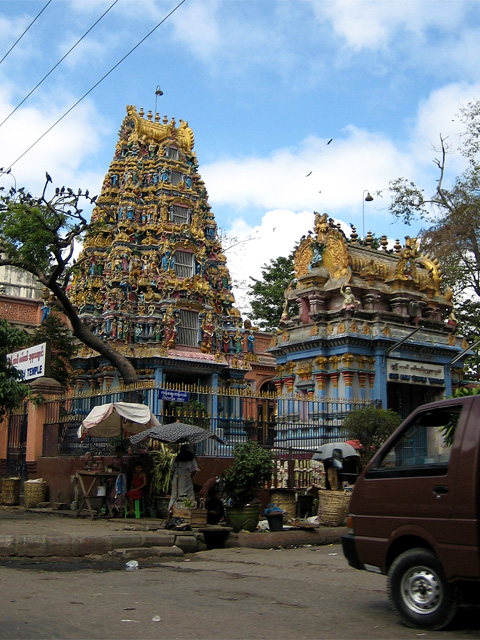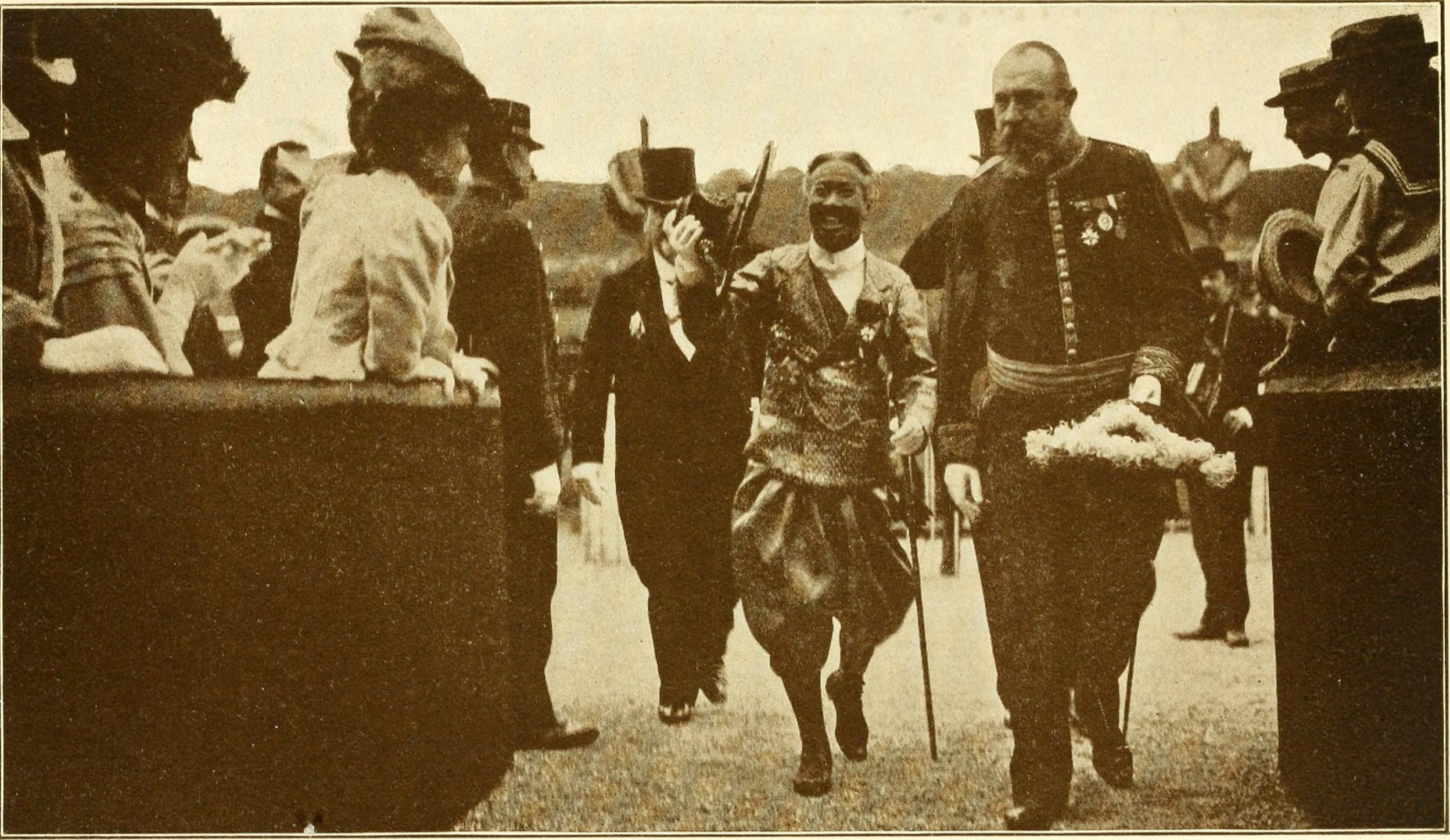|
Kula People (Asia)
Kula ( th, กุลา; km, កុឡា, ; also spelt Gula and Kola) are Tai peoples who immigrated from Yunnan, China and the Mon and Shan States in Myanmar to Isan, Thailand during the last few decades of the 19th century. The Kula once lived mainly in Pailin Province as refugees during French Protectorate of Cambodia, where many worked as gem traders. The immigration of the Kula led to economic developments and commercialization in the region. The Kula, still a minority ethnic group, are among the wealthiest ethnic groups in modern Cambodia. Terminology In Burmese, ''Kula'' (, often transliterated ''Kala''), typically used to refer to Indians, was historically used to describe both Indians and Europeans. ''Kula'' is also the Thai word for ''star-shaped kite''. The history of ''Toongsoo'' ( ''Taungthu'' in Burmese), another name for the Kula people, is unknown. Although Thai documents from the 1870s and '80s use the two words interchangeably, it is not clear if they ... [...More Info...] [...Related Items...] OR: [Wikipedia] [Google] [Baidu] |
Jingpo People
The Jingpo people ( my, ဂျိန်းဖော) are an ethnic group who are the largest subset of the Kachin peoples, which largely inhabit the Kachin Hills in northern Myanmar's Kachin State and neighbouring Dehong Dai and Jingpo Autonomous Prefecture of China. There is also a significant Jingpo community in northeastern India's Arunachal Pradesh and Assam, as well as in Taiwan. While they mostly live in Myanmar, the Kachin are called the ''Jingpo'' in China () and Singpho in Indiathe terms are considered synonymous. The greater name for all the Kachin peoples in their own Jingpo language is the ''Jinghpaw''. Other endonyms include ''Tsaiva'', ''Lechi'', ''Theinbaw'', ''Singfo'', ''Chingpaw'' The Kachin people are an ethnic affinity of several tribal groups, known for their fierce independence, disciplined fighting skills, complex clan inter-relations, craftsmanship, herbal healing and jungle survival skills. Other neighbouring residents of Kachin State include the Sh ... [...More Info...] [...Related Items...] OR: [Wikipedia] [Google] [Baidu] |
Dawei
Dawei (, ; mnw, ဓဝဲါ, ; th, ทวาย, RTGS: ''Thawai'', ; formerly known as Tavoy) is a city in south-eastern Myanmar and is the capital of the Tanintharyi Region, formerly known as the Tenasserim Division, on the northern bank of the Dawei River. The city is about southeast of Yangon. Its population (2014 estimate) is 146,964. Dawei is a port at the head of the Dawei River estuary, . from the Andaman Sea. As a result, the city is prone to flooding during the monsoon season. "Dawei" is also the name of one of Myanmar's 135 ethnic minorities. Etymology ''Dawei'' derives from the Mon language term ''hawai'' ( mnw, ထဝဲါ; ), which means 'to sit cross-legged', in reference to the Buddha's sitting posture on the palin (throne). History The area around the Dawei River estuary has been inhabited for centuries by Dawei, Mon, Kayin, and Thai mariners. As the ancient site, Sagara City, old Dawei, which is approx 6 miles north of present city, has so many traces o ... [...More Info...] [...Related Items...] OR: [Wikipedia] [Google] [Baidu] |
Chanthaburi
Chanthaburi ( th, จันทบุรี, ) is a town (''thesaban mueang'') in the east of Thailand, on the banks of the Chanthaburi River. It is the capital of the Chanthaburi Province and the Mueang Chanthaburi District. The town covers the two ''tambons'' Talat and Wat Mai of Mueang Chanthaburi District. As of 2005, the town had a population of 27,602. The town figures in the legacy of King Taksin. In 1981 the Thai cabinet passed a resolution to bestow on him the honorary title of ''the Great''. When the Bank of Thailand issued the 12th Series of banknotes, called ''The Great Series'', the monument of King Taksin the Great in the town's Tungnachaey recreational park appeared on the back of the 20 baht note issued 28 December 1981, the 214th anniversary of his coronation. Climate Chanthaburi has a tropical monsoon climate (Köppen climate classification ''Am''), with little variation in temperature throughout the year. Rainfall, however, varies dramatically by season. Ra ... [...More Info...] [...Related Items...] OR: [Wikipedia] [Google] [Baidu] |
Thai People
Thai people ( th, ชาวไทย; ''endonym''), Central Thai people ( th, คนภาคกลาง, sou, คนใต้, ตามโพร; ''exonym and also domestically'') or Siamese ( th, ชาวสยาม; ''historical exonym and sometimes domestically''), T(h)ai Noi people ( th, ไทยน้อย; ''historical endonym and sometimes domestically''), in a narrow sense, are a Tai ethnic group dominant in Central and Southern Thailand (Siam proper). Part of the larger Tai ethno-linguistic group native to Southeast Asia as well as Southern China and Northeast India, Thais speak the Sukhothai languages ( Central Thai and Southern Thai language), which is classified as part of the Kra–Dai family of languages. The majority of Thais are followers of Theravada Buddhism. As a result of government policy during the 1930s and 1940s resulting in successful forced assimilation of many the various ethno-linguistic groups in the country into the dominant Thai language and ... [...More Info...] [...Related Items...] OR: [Wikipedia] [Google] [Baidu] |
Karen People
The Karen, kjp, ပ်ုဖၠုံဆိုဒ်, my, ကရင်လူမျိုး, , th, กะเหรี่ยง ( ), also known as the Kayin, Kariang or Kawthoolese, are an ethnolinguistic group of Sino-Tibetan language–speaking peoples. The group as a whole is heterogeneous and disparate as many Karen ethnic groups do not associate or identify with each other culturally or linguistically. These Karen groups reside primarily in Kayin State, southern and southeastern Myanmar. The Karen, approximately five million people, account for approximately seven percent of the Burmese population. Many Karen have migrated to Thailand, having settled mostly on the Myanmar–Thailand border. A few Karen have settled in the Andaman and Nicobar Islands, India, and other Southeast Asian and East Asian countries. The Karen groups as a whole are often confused with the Padaung tribe, best known for the neck rings worn by their women, but t ... [...More Info...] [...Related Items...] OR: [Wikipedia] [Google] [Baidu] |
Burmese Indians
Burmese Indians are a group of people of Indian origin who live in Myanmar (Burma). The term 'Burmese Indian' refers to a broad range of people from South Asia, most notably from present-day countries such as India, Bangladesh and also Pakistan. While Indians have lived in Burma for many centuries, most of the ancestors of the current Burmese Indian community emigrated to Burma from the start of British rule in the mid-19th century to the separation of British Burma from British India in 1937. During colonial times, ethnic Indians formed the backbone of the government and economy serving as soldiers, civil servants, merchants, moneylenders, mobile laborers and dock workers. A series of anti-Indian riots in the 1930s and mass emigration at the onset of the Japanese invasion of Burma in 1942 were followed in the 1960s by the forced migration of hundreds of thousands of ethnic Indians, exacerbated by internal conflict in Myanmar. Burmese Indians today are estimated to account fo ... [...More Info...] [...Related Items...] OR: [Wikipedia] [Google] [Baidu] |
Burmese Language
Burmese ( my, မြန်မာဘာသာ, MLCTS: ''mranmabhasa'', IPA: ) is a Sino-Tibetan language spoken in Myanmar (also known as Burma), where it is an official language, lingua franca, and the native language of the Burmans, the country's principal ethnic group. Burmese is also spoken by the indigenous tribes in Chittagong Hill Tracts (Rangamati, Bandarban, Khagrachari, Cox's Bazar) in Bangladesh, Tripura state in Northeast India. Although the Constitution of Myanmar officially recognizes the English name of the language as the Myanmar language, most English speakers continue to refer to the language as ''Burmese'', after Burma, the country's once previous and currently co-official name. Burmese is the common lingua franca in Myanmar, as the most widely-spoken language in the country. In 2007, it was spoken as a first language by 33 million, primarily the Burman people and related ethnic groups, and as a second language by 10 million, particularly ethnic mino ... [...More Info...] [...Related Items...] OR: [Wikipedia] [Google] [Baidu] |
French Protectorate Of Cambodia
The French protectorate of Cambodia ( km, ប្រទេសកម្ពុជាក្រោមអាណាព្យាបាលបារាំង; french: Protectorat français du Cambodge) refers to the Kingdom of Cambodia when it was a French protectorate within French Indochina, a collection of Southeast Asian protectorates within the French Colonial Empire. The protectorate was established in 1863 when the Cambodian King Norodom requested the establishment of a French protectorate over his country, meanwhile Siam (modern Thailand) renounced suzerainty over Cambodia and officially recognised the French protectorate on Cambodia. Cambodia was integrated into the French Indochina union in 1887 along with the French colonies and protectorates in Vietnam (Cochinchina, Annam and Tonkin). In 1946, Cambodia was granted self-rule within the French Union and had its protectorate status abolished in 1949. Cambodia later gained its independence. The day was celebrated as independen ... [...More Info...] [...Related Items...] OR: [Wikipedia] [Google] [Baidu] |
Pailin Province
Pailin ( km, ប៉ៃលិន, ) is a province in western Cambodia at the northern edge of the Cardamom Mountains near the border of Thailand. This province is surrounded by Battambang province, and was officially carved out of Battambang to become a separate administrative division after the surrender of the Ieng Sary faction of the Khmer Rouge in 1996. Pailin is known to much of the world for having long been a stronghold of the Khmer Rouge, remaining under their control long after they were defeated in 1979 and serving from 1994 to 1998 as the capital of the Provisional Government of National Union and National Salvation of Cambodia. Within Cambodia, Pailin is known for its natural resources, namely precious gems and timber. Once a part of the powerful Khmer Empire, Pailin was conquered in 1558 by the Burmese under Bayinnaung and later ruled by the Siamese ( Thai) until 1907 and from 1941 to 1946 when it was returned to Cambodia. It was known to the Thai as "Phailin" ... [...More Info...] [...Related Items...] OR: [Wikipedia] [Google] [Baidu] |
Isan
Northeast Thailand or Isan (Isan/ th, อีสาน, ; lo, ອີສານ; also written as Isaan, Isarn, Issarn, Issan, Esan, or Esarn; from Pali ''īsānna'' or Sanskrit ईशान्य ''īśānya'' "northeast") consists of 20 provinces in the northeastern region of Thailand. Isan is Thailand's largest region, located on the Khorat Plateau, bordered by the Mekong River (along the Laos–Thailand border) to the north and east, by Cambodia to the southeast and the Sankamphaeng Range south of Nakhon Ratchasima. To the west it is separated from northern and central Thailand by the Phetchabun Mountains. Isan covers making it about half the size of Germany and roughly the size of England and Wales. The total forest area is or 15 percent of Isan's area. Since the beginning of the 20th century, northeastern Thailand has been generally known as ''Isan'', while in official contexts the term ''phak tawan-ok-chiang-nuea'' (; 'northeastern region') may be used. The majority p ... [...More Info...] [...Related Items...] OR: [Wikipedia] [Google] [Baidu] |





